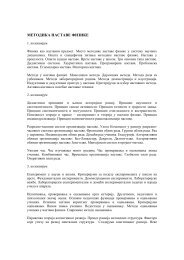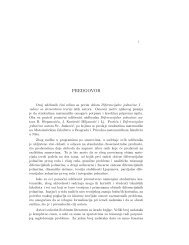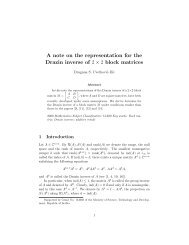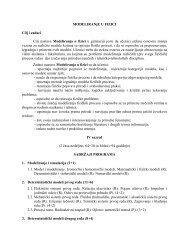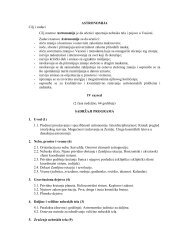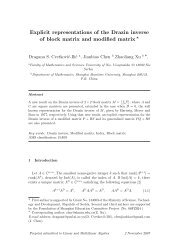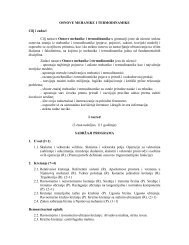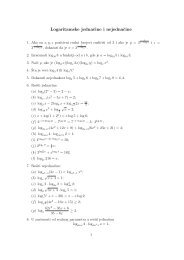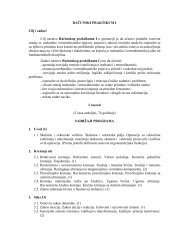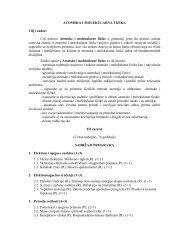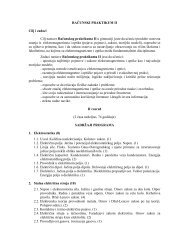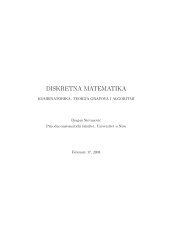The Hankel Transform of the Sum of Consecutive Generalized ...
The Hankel Transform of the Sum of Consecutive Generalized ...
The Hankel Transform of the Sum of Consecutive Generalized ...
Create successful ePaper yourself
Turn your PDF publications into a flip-book with our unique Google optimized e-Paper software.
6It is known (for example, see Krattenthaler [?]) that <strong>the</strong> <strong>Hankel</strong> determinant h n<strong>of</strong> order n <strong>of</strong> <strong>the</strong> sequence {a n } n≥0 equalswhere {β n } n≥1 is <strong>the</strong> sequence given by:h n = a n 0β n−11 β n−22 · · · β 2 n−2β n−1 , (19)∞∑G(x) = a n x n a 0=βn=01 x 21 + α 0 x −β1 + α 1 x − 2 x 21 + α 2 x − · · ·(20)<strong>The</strong> sequences {α n } n≥0 and {β n } n≥1 are <strong>the</strong> coefficients in <strong>the</strong> recurrence relationQ n+1 (x) = (x − α n )Q n (x) − β n Q n−1 (x), (21)where {Q n (x)} n≥0 is <strong>the</strong> monic polynomial sequence orthogonal with respect to <strong>the</strong>functional L determined byL[x n ] = a n (n = 0, 1, 2, . . .). (22)In <strong>the</strong> next section this functional will be constructed for <strong>the</strong> sum <strong>of</strong> consecutivegeneralized Catalan numbers.3. <strong>The</strong> weight function corresponding to <strong>the</strong> functionalWe would like to express L[f] in <strong>the</strong> form:∫L[f(x)] = f(x)dψ(x),Rwhere ψ(x) is a distribution, or, even more, to find <strong>the</strong> weight function w(x) suchthat w(x) = ψ ′ (x).Denote by F (z; L) <strong>the</strong> functionF (z; L) =∞∑a k z −k−1 .k=0From <strong>the</strong> generating function (??), we have:Example 3.1. From (??), we have:F (z; 1) = z −1 G ( z −1 ; 1) = 1 2F (z; L) = z −1 G ( z −1 ; L). (23){z − 1 − (z + 1)√1 − 4 z}.



